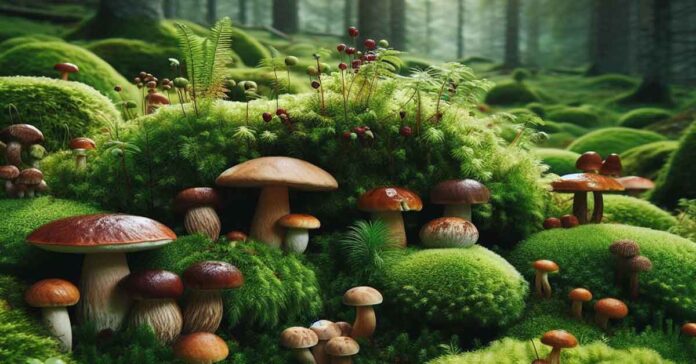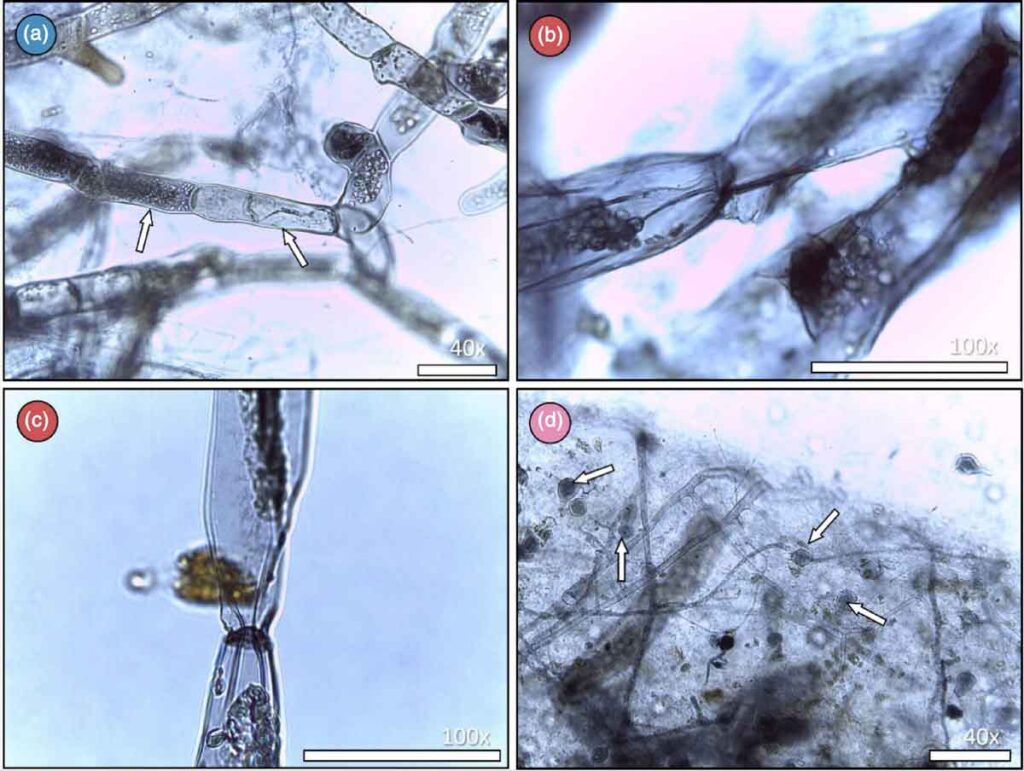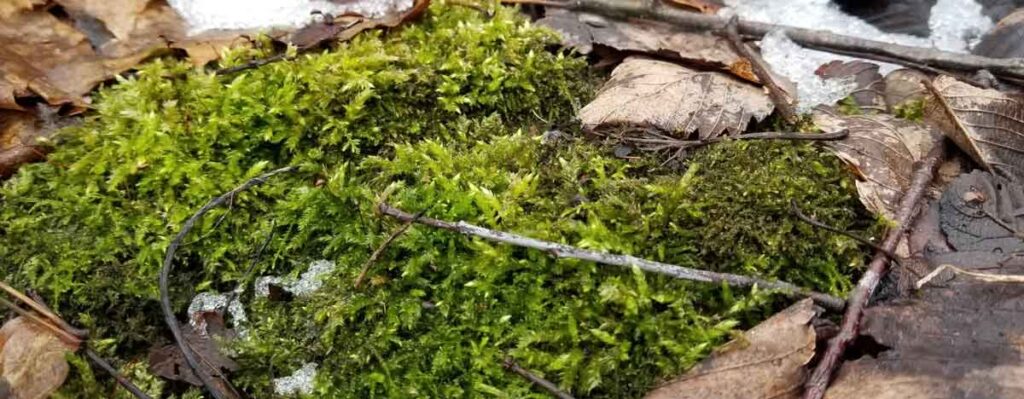Mosses are some of the oldest and toughest plants on Earth. They can survive in harsh environments, such as freezing cold, scorching heat, and acidic soils.
But how did they manage to conquer our planet, and what role did fungi play in their success?
In this article, we will explore the ancient partnership between mosses and fungi, and how it has changed over millions of years.
We will also look at how this partnership is affected by endobacteria, tiny organisms that live inside fungi.
Finally, we will discuss the implications of this research for the future of agriculture, biotechnology, and space exploration.
Mosses and Fungi: A Long-Standing Alliance
Mosses are non-vascular plants, which means they do not have specialized tissues to transport water and nutrients.
Instead, they rely on diffusion and osmosis to move substances across their cells. This limits their size and growth, but also makes them adaptable and versatile.
Fungi are neither plants nor animals, but a separate kingdom of organisms.
They consist of networks of filaments called hyphae, which form a structure called mycelium.
Fungi can break down organic matter, produce enzymes and antibiotics, and form symbiotic relationships with other organisms.
Mosses and fungi have been working together since the Ordovician period, about 450 million years ago, when plants first moved from water to land.
This was a difficult transition, as plants had to deal with new factors, such as gravity, temperature, UV light, and water availability.
Fungi helped mosses by providing them with water and minerals from the soil, and in return, mosses supplied fungi with carbon from photosynthesis.
This beneficial relationship is called mycorrhiza, and it is still present in at least 80% of modern plants.
Endobacteria: The Third Partner
Mosses and fungi are not the only partners in this ancient alliance. There is also a third player involved: endobacteria.
These are microscopic organisms that live inside the cells of fungi, and sometimes inside the cells of plants.
Endobacteria can influence the behavior and metabolism of their hosts, and affect their interactions with other organisms.
Researchers from the Hamberger lab at Michigan State University and their collaborators from five countries have recently published a paper in The Plant Journal, where they investigated how endobacteria affect the moss-fungus partnership.
They used a moss species called Physcomitrella patens, which is a model organism for studying plant evolution and development.
They also used two different fungal species, one that benefits the moss and one that harms it.
The researchers found that the presence or absence of endobacteria in the fungi had a significant impact on the moss-fungus relationship.
For example, one species of fungi that normally harms the moss became less harmful when its endobacteria were removed.
Meanwhile, another species of fungi that provided benefits to the moss changed its behavior when its endobacteria were removed.
The researchers also discovered that the endobacteria could alter the expression of genes in both the moss and the fungi, affecting their growth and metabolism.
Implications and Future Directions
The study by the Hamberger lab and their colleagues reveals the complexity and diversity of the moss-fungus-endobacteria partnership.
It also shows how this partnership is influenced by environmental factors, such as temperature and light.
The researchers hope that their findings will help us better understand how plants and fungi interact, and how they adapt to changing conditions.
The research also has potential applications for various fields, such as agriculture, biotechnology, and space exploration.
For example, by manipulating the endobacteria in fungi, we might be able to improve the growth and resilience of crops, or produce useful compounds, such as biofuels and pharmaceuticals.
Moreover, by using mosses and fungi, we might be able to create living systems that can survive and thrive in extreme environments, such as Mars.
Conclusion
Mosses and fungi are ancient partners that have shaped the history of life on Earth. They have also been joined by endobacteria, which can modify their interactions and responses to the environment.
By studying this complex and dynamic partnership, we can learn more about the evolution and adaptation of plants and fungi, and how they can help us solve some of the challenges we face today.
FAQs
Mosses are non-vascular plants that do not have specialized tissues to transport water and nutrients. Fungi are neither plants nor animals, but a separate kingdom of organisms that consist of networks of filaments called hyphae.
Mosses and fungi form a beneficial relationship called mycorrhiza, where fungi provide mosses with water and minerals from the soil, and mosses supply fungi with carbon from photosynthesis. This relationship has been present since the Ordovician period, about 450 million years ago, when plants first moved from water to land.
Endobacteria are microscopic organisms that live inside the cells of fungi, and sometimes inside the cells of plants. They can influence the behavior and metabolism of their hosts, and affect their interactions with other organisms. For example, they can alter the expression of genes in both the moss and the fungi, affecting their growth and metabolism.
This research can help us better understand how plants and fungi interact, and how they adapt to changing conditions.
It can also have potential applications for various fields, such as agriculture, biotechnology, and space exploration. For example, by manipulating the endobacteria in fungi, we might be able to improve the growth and resilience of crops, or produce useful compounds, such as biofuels and pharmaceuticals.
Moreover, by using mosses and fungi, we might be able to create living systems that can survive and thrive in extreme environments, such as Mars.
More information: Davis Mathieu et al, Multilevel analysis between Physcomitrium patens and Mortierellaceae endophytes explores potential long‐standing interaction among land plants and fungi, The Plant Journal (2024). DOI: 10.1111/tpj.16605



